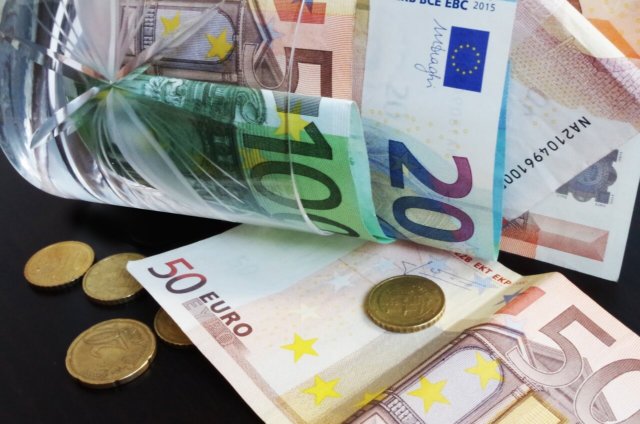The European Commission published this month the Country Report for 2018, in terms of investments, Romaniaʼs net international investment position (NIIP) has continued to improve. The NIIP reached -49.9 % of GDP in 2016, almost 5 percentage points above the 2015 level.
This decrease has taken place despite the widening current account deficit and is mainly due to strong GDP growth. Foreign direct investment (FDI) has remained broadly stable as a share of GDP, while the share of other foreign liabilities declined as Romania repays its external debt, a trend which is expected to continue.
The trend for FDI flows continues to be volatile. After increasing by almost 50 % in 2016, FD inflows declined in 2017. In the first 11 months of 2017, FDI inflows were around 9 % lower than in the same period of 2016. However, FDI in equity and reinvested earnings increased substantially, with the entire fall in FDI accounted for by debt instruments (intercompany loans). The main sources of FDI inflows into Romania in the first three quarters of 2017 were Cyprus, Luxembourg, the Netherlands, Germany and France.
The current account balance has been worsening recently. Despite increasing export market shares, the growth of exports was outpaced by that of imports. In the first 10 months of 2017, imports of consumer goods, intermediate goods, and capital goods all increased by double digit rates. The balance of trade services, driven mainly by exports of transportation and IT services remained positive but did not offset the negative and widening deficit in the trade of goods. The balance of primary incomes remained negative, reflecting mainly the outflow of investment income linked to the countryʼs negative NIIP. The balance of secondary income, which consists mainly of remittances, continues to be positive but was outweighed by the negative balance of primary income. Overall, the current account deficit is estimated to have increased to around 3 % of GDP in 2017.
Unit labour costs (ULC) further increased in 2017 as the growth of compensation to employees outpaced that of productivity. Productivity convergence has been substantial over the past two decades. Labour productivity per hour worked increased from 22 % of the EU-28 average in 2000 to approximately 54 % in 2015. However, productivity levels continue to be the second lowest in the EU. The increase in real compensation per employee (27.8 %) was broadly in line with that of labour productivity (25.6 %) between 2011 and 2016. In 2017, the growth of real compensation per employee is estimated to have been more than double that of productivity. With Romaniaʼs nominal exchange rate broadly stable, the rise in unit labour costs has also been reflected in a real exchange rate appreciation. The real effective exchange rate, as deflated by unit labour costs has appreciated by around 7.8 % between Q1-2016 and Q3-2017.
Furthermore, non-cost competitiveness has improved. Between 2011 and 2016 the share of top quality products in total export values increased by almost 50 %. Over the same period, the value share of low-quality products diminished substantially. Quality gains took place across Romaniaʼs main export industries but were most conspicuous for computer, electronic and optical products.
For further information: Country Report Romania 2018

